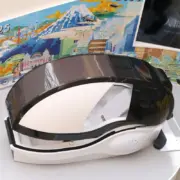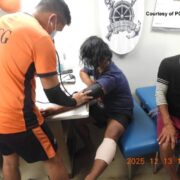Georgia’s ethnic minority women keep ancient rugweaving art alive
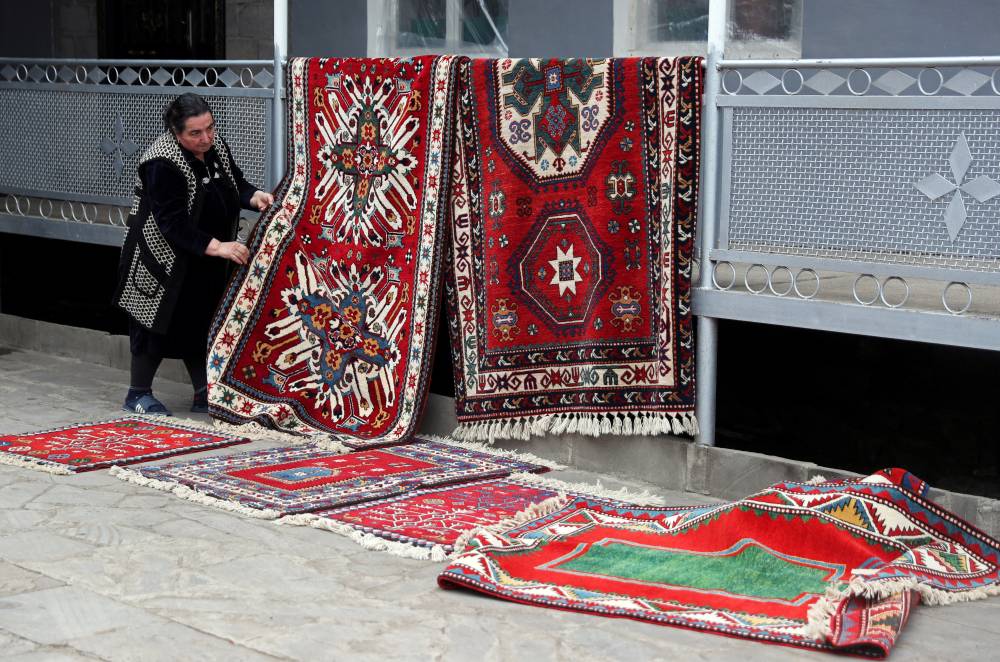
KOSALARI, Georgia—Since Zemfira Kajarova arrived in the hill village of Kosalari in southern Georgia as a newly wed almost 50 years ago, she has devoted herself to weaving the village’s distinctive Persian-style woolen carpets.
The 65-year-old grandmother devotes hours each day to the painstaking work, sitting at the decades-old wooden loom in her living room, threading woolen yarn into thousands of individual knots.
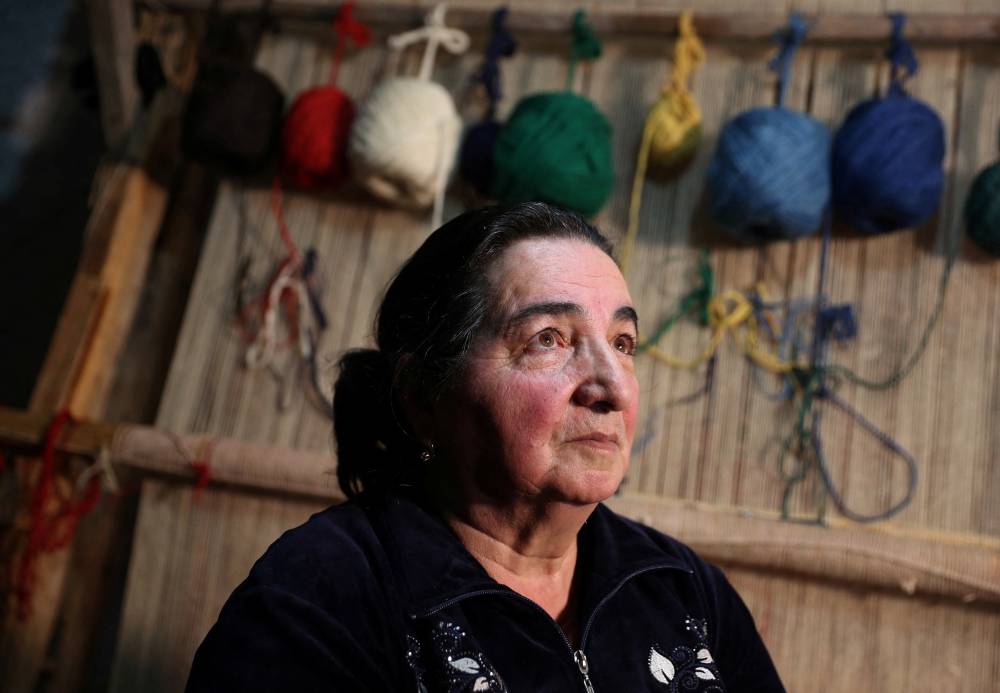
“When I was 16, I got married and moved here,” she said, adding that no one in her home village, about 40 km away, knew how to weave carpets.
After weaving, the carpets are carefully finished: shaved, beaten, and scorched with a gas burner, flaming off dust and loose ends.
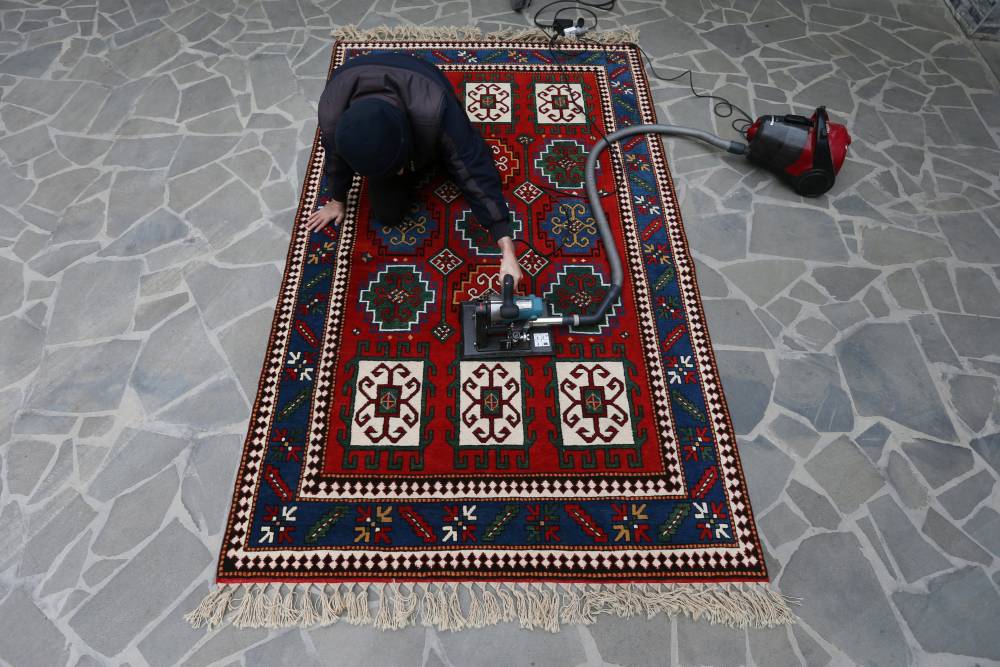
For over a decade, Zemfira has been working with reWoven, a social enterprise initially started by a US missionary, to find buyers willing to pay international prices for local rugs.
The group works with a network of weavers, all of them older women from Georgia’s Muslim Azerbaijani ethnic minority.
Though influenced by Persian rugs, the Borchalo carpets produced by Zemfira and other local weavers are made of woollen yarn, rather than silk, and rely on bold, striking designs on a limited color palette, instead of the floral motifs favored in Iranian weaving.
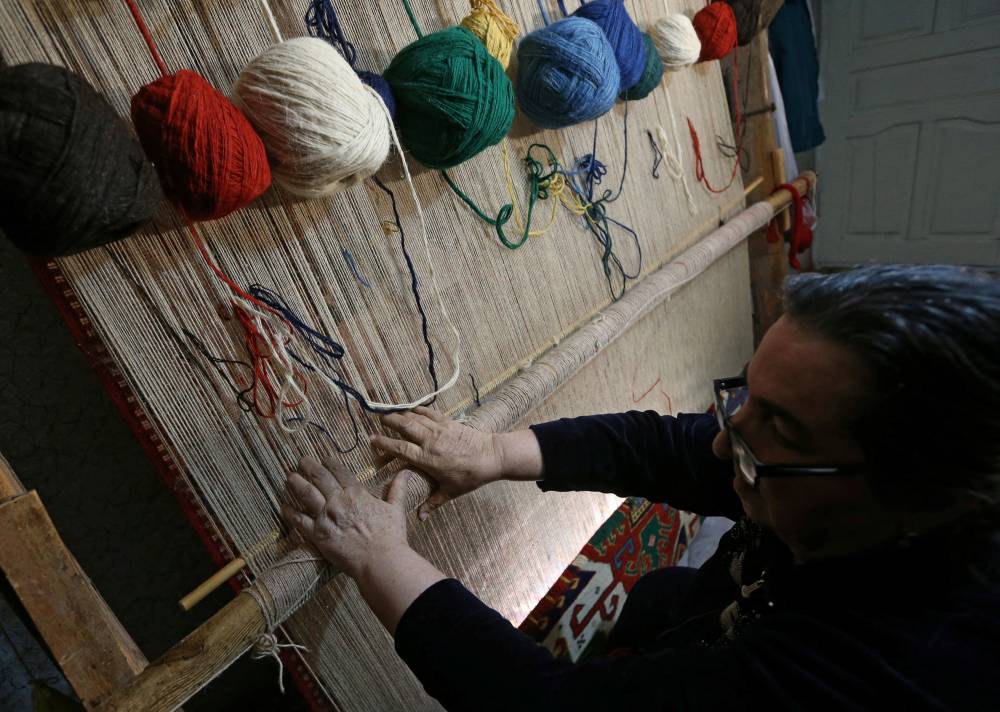
“If we compare rugs to wine, then Iran is like France, and the Caucasus is like Italy,” said William Dunbar, a volunteer co-director at reWoven.
He said: “Everyone knows about Iranian rugs and that still to this day is the global center of handwoven rug production.”
“But the Caucasus is just as good, but a bit smaller and less famous.”

Keeping the craft alive
Under the Soviet Union, and under pressure from modern, mass-produced textiles, local rug making had largely died out, with only a handful of older women in remote villages keeping the craft alive.
Nowadays, the carpet weaving women are not only sustaining a local handicraft, but also providing for their families.
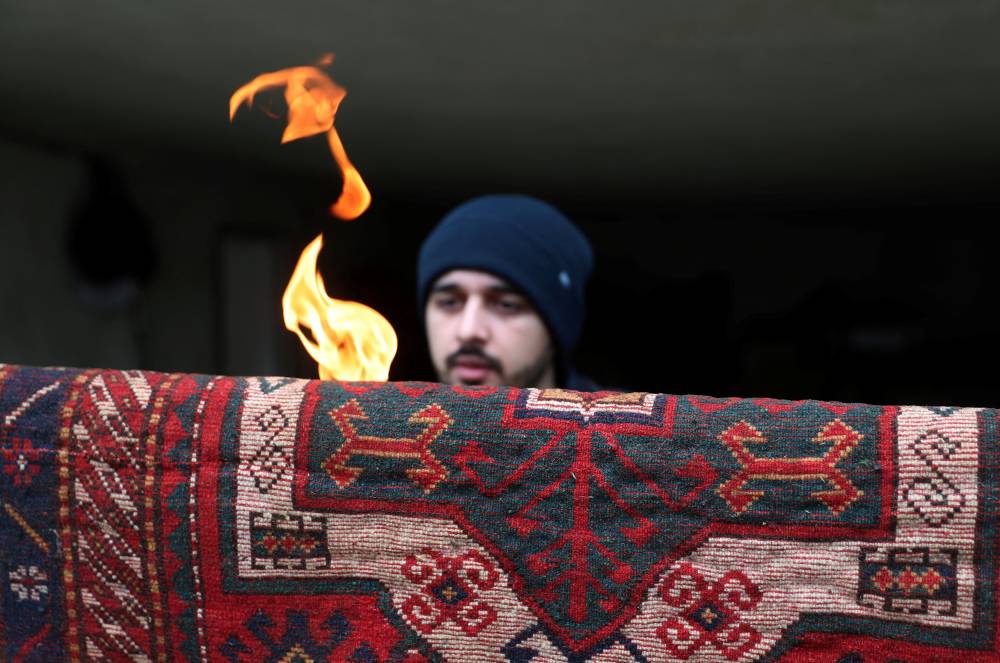
In Kosalari, only 60 km south of Georgia’s capital, Tbilisi, but where ethnic Azerbaijanis make up close to the entire population, Zemfira and her colleagues are an economic lifeline for an otherwise isolated and impoverished community.
Though ethnic Azerbaijanis are Georgia’s largest minority group, accounting for around 6.5 percent of the country’s population, they are separated from Orthodox Christian Georgians by their Turkic language and mostly Shi’ite Islamic faith.
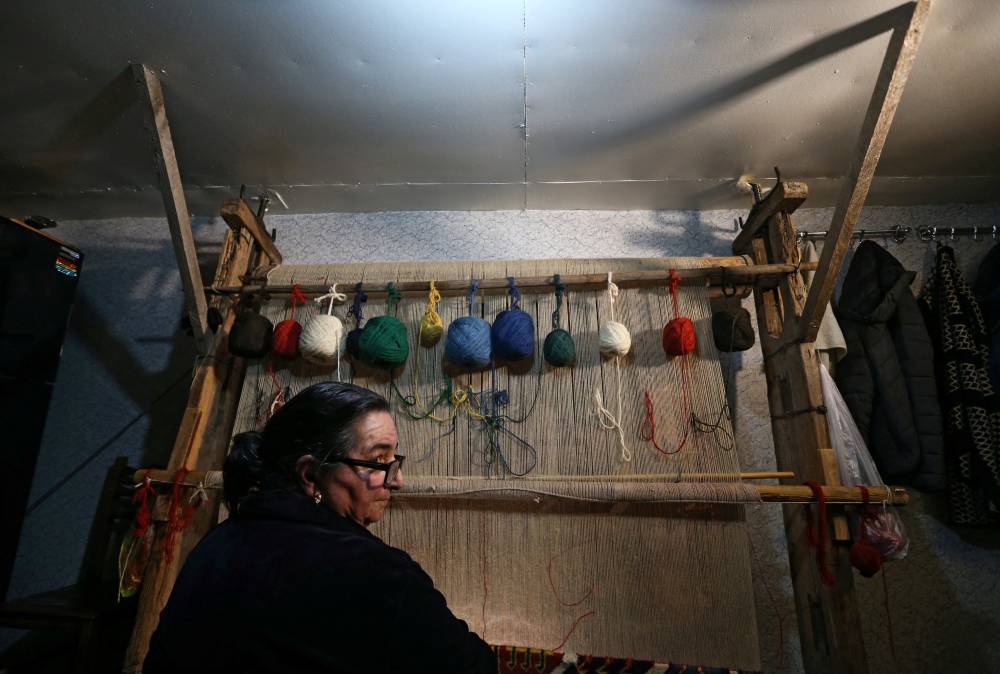
Concentrated in a string of mostly rural, homogeneous enclaves along Georgia’s southern border, many do not speak Georgian, severely limiting their economic prospects.
In Kosalari, where the land is too dry to support large-scale agriculture and pastureland insufficient to keep animals, incomes are limited to the salaries of a handful of public sector workers and the remittances sent by locals working in countries like Russia, Ukraine and Greece.
That makes the women’s work, which sees them net hundreds of dollars per carpet, vital to their villages’ economic survival.
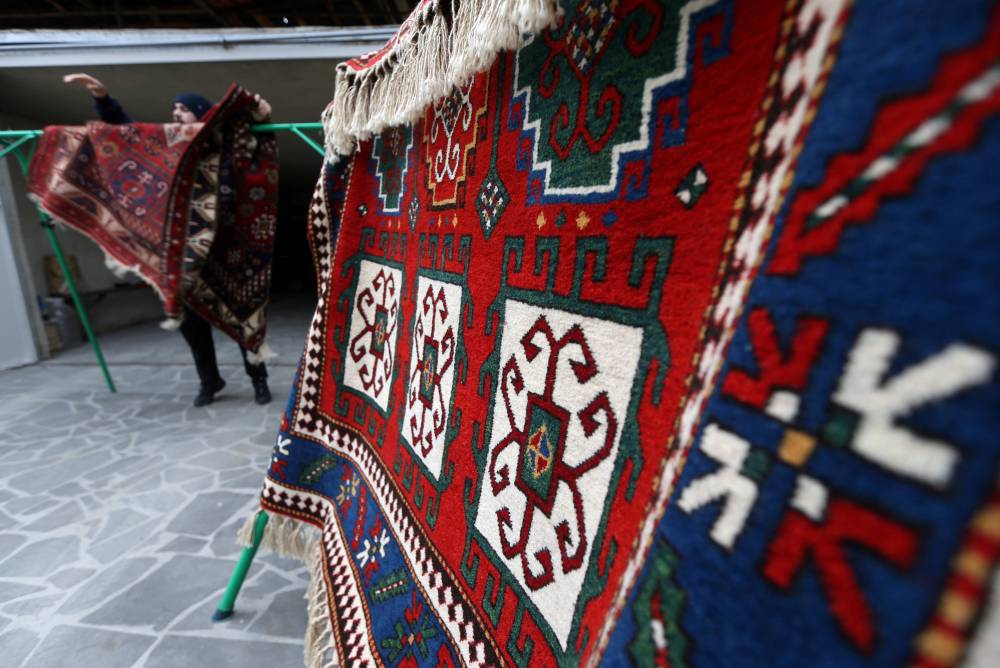
Among a younger generation that has received the Georgian-language education Zemfira never did, and which is more integrated into the country around them, carpet weaving holds only limited appeal as a profession.
“I really like weaving, and we need to keep this culture of carpet weaving going. Sadly, not many people want to weave,” said Zemfira.
“The young people don’t want to, and there aren’t many old people left.”
Reuters, the news and media division of Thomson Reuters, is the world’s largest multimedia news provider, reaching billions of people worldwide every day. Reuters provides business, financial, national and international news to professionals via desktop terminals, the world's media organizations, industry events and directly to consumers.









